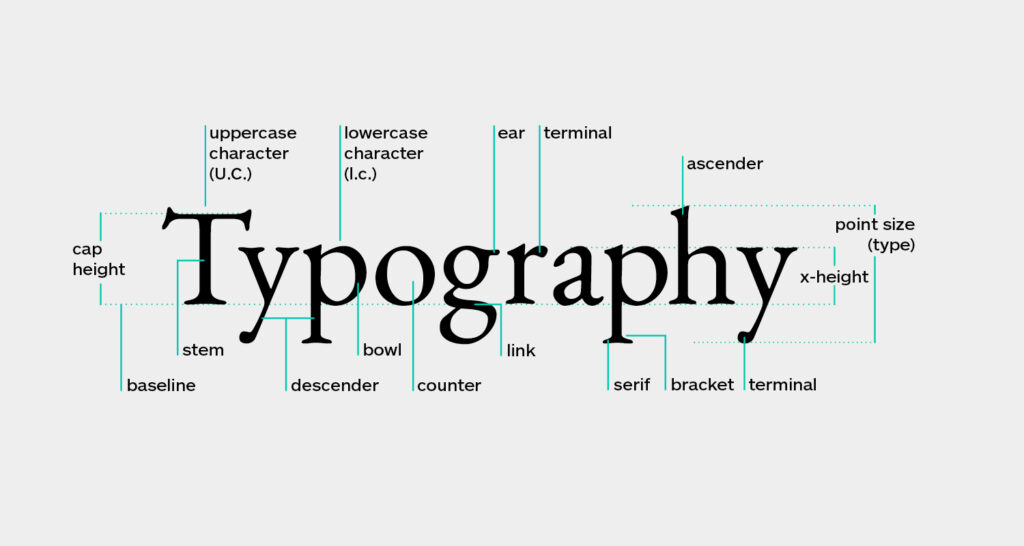In today’s rapidly evolving digital landscape, Core Web Vitals have become a paramount consideration for web developers and SEO experts alike. These vitals significantly impact user experience and, consequently, your website’s position in search rankings.
Understanding the Core Web Vitals:

- Largest Contentful Paint (LCP): Reflects the time taken for the main content to be visible on a web page. Ideally, Google suggests achieving LCP within 2.5 seconds.
- First Input Delay (FID): Measures the response time when users initially interact with the site, be it through button taps, link clicks, or custom JavaScript actions. Google’s benchmark is less than 100 milliseconds for FID.
- Cumulative Layout Shift (CLS): Represents unexpected shifts in the main content layout. Such disturbances can hamper the user’s engagement with the page. Google recommends maintaining a CLS score of 0.1 or lower.
Why Core Web Vitals Are Crucial:
With Google officially integrating Core Web Vitals into its search algorithm, the significance of optimizing these metrics is clearer than ever. Improved LCP, FID, and CLS can enhance user experience, boosting your mobile search rankings. An uplift of even a single rank on the SERP can bring a substantial traffic spike.
Moreover, delivering superior user experiences can lead to positive word-of-mouth referrals, enhanced reviews, and recurring business. On the flip side, a slow-loading site can skyrocket your bounce rate. In fact, Google’s research indicated that pages taking between one to five seconds to load witnessed a 90% increase in bounce rates.
Tools to Monitor Core Web Vitals:
Google’s commitment to helping developers gauge Core Web Vitals is evident through its suite of tools:
- Chrome User Experience Report: Provides user-centric data from their web browsing experiences. This data feeds into other tools like PageSpeed Insights and Google Search Console.
- PageSpeed Insights: Scrutinizes your webpage’s performance, offering solutions to amplify its speed. It evaluates LCP, FID, and CLS on both mobile and desktop versions.
- Google Search Console: Showcases Core Web Vitals for your web pages, using data from the Chrome User Experience Report.
- Chrome Web Vitals Extension: A handy tool for developers, offering insights into Core Web Vitals in real-time as you navigate or edit web pages.
Strategies to Optimize Core Web Vitals:
1. Enhancing Largest Contentful Paint (LCP):
- Upgrade Web Hosting: Shift from shared hosting to a dedicated server.
- Optimize Server Processes: For platforms like WordPress, remove redundant plugins.
- Leverage a CDN: Utilize services like Google Cloud or Cloudflare to distribute content globally.
- Cache Your Content: Use plugins or settings to cache HTML content.
- Preconnect and Preload External Resources: Minimize the delay in loading content from different domains.
- Minify Resources: Google suggests tools like CSSnano, csso, UglifyJS, and HTML Minifier.
- Implement Signed Exchanges (SXGs): Boost LCP, especially for websites gaining traffic from search.
2. Enhancing First Input Delay (FID):
- Optimize JavaScript: Minify scripts, eliminate redundant code, and preload essential resources.
- Third-party Script Management: Scrutinize and optimize external scripts, especially from analytics tools.
3. Reducing Cumulative Layout Shift (CLS):
- Define Size Attributes: Assign specific sizes to images and videos.
- Employ Aspect Ratio Boxes in CSS: Prevent unexpected content shifts.
- Introduce On-page Indicators: Inform users about elements loading on the page.
Conclusion:
Core Web Vitals represent the pulse of your website’s health and user experience. Regularly reviewing and optimizing these metrics can set you on a path to improved SEO rankings, superior user engagement, and, ultimately, increased business growth.
SOURCES:
https://search.google.com/search-console
https://developer.chrome.com/docs/crux/dashboard/
https://lookerstudio.google.com/navigation/reporting






